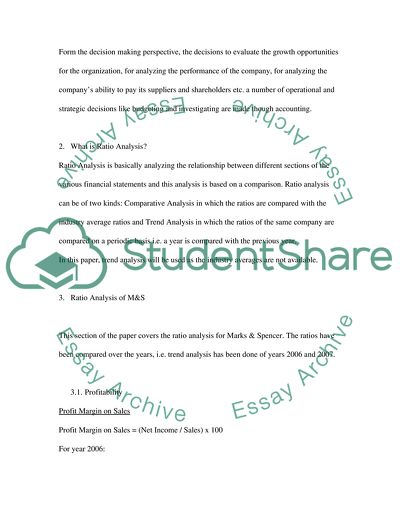Cite this document
(Accounting and Ratio Analysis of Marks & Spencer Company Case Study, n.d.)
Accounting and Ratio Analysis of Marks & Spencer Company Case Study. https://studentshare.org/finance-accounting/1717833-managing-money
Accounting and Ratio Analysis of Marks & Spencer Company Case Study. https://studentshare.org/finance-accounting/1717833-managing-money
(Accounting and Ratio Analysis of Marks & Spencer Company Case Study)
Accounting and Ratio Analysis of Marks & Spencer Company Case Study. https://studentshare.org/finance-accounting/1717833-managing-money.
Accounting and Ratio Analysis of Marks & Spencer Company Case Study. https://studentshare.org/finance-accounting/1717833-managing-money.
“Accounting and Ratio Analysis of Marks & Spencer Company Case Study”. https://studentshare.org/finance-accounting/1717833-managing-money.


